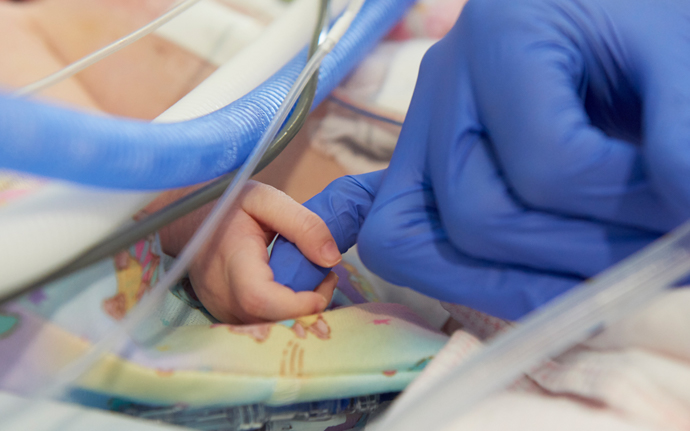Automating anesthesia

Anesthesia is tricky in kids. Because they vary greatly in size, their response to the drug also varies. Two of our experts—Drs. Guy Dumont and Mark Ansermino—found a way to tackle the problem. They built and tested a device, called iControl-RP, which monitors a child’s brain wave activity and vital signs to determine exactly how much anesthesia to administer (with an anesthesiologist present, of course).
The technology, Dr. Ansermino explains, means anesthesia can be given much more safely.
“It gives the patient the exact right dose of the drug throughout the entire surgery—never too much and never too little.” — Dr. Mark Ansermino
“Automation has revolutionized so many areas of human activity,” Dr. Dumont added. “But we haven’t really seen significant changes in health care. By automating anesthesia, clinicians will be able to achieve the desired effect with unmatched consistency and precision.”
The device is still in trials, but the hope is that it’ll be available in hospitals in the coming years. It’s also been commercialized and is first intended to be used in war zones and other settings where anesthesiologists aren’t available.
